Introduction
So this weeks blog post is a banger – essentially I will be breaking down on how to createa an email funnel.
This one is packed with alot of value – First we are going to go trough abit of some ground work, and then get into the meat and potatos.. Let’s get into it!
Ever wonder why your email campaigns aren’t turning subscribers into loyal customers? You’re not alone.
Creating high-converting email funnel strategies seems like a mystery, but it doesn’t have to be.
Picture this: you craft a series of emails that not only engage but also drive sales and loyalty. Wouldn’t that be amazing?
Well, that’s exactly what a high-converting email funnel can do for small businesses, marketers, and even solopreneurs. It’s like having a sales team that works tirelessly, 24/7.
Email marketing isn’t just a buzzword; it’s a powerful tool that, when used right, can transform your business. With the right funnel, you can nurture prospects and guide them effortlessly through every interaction with your brand. Imagine turning lukewarm leads into enthusiastic advocates without breaking a sweat. That’s the magic of an effective email funnel.
So, if you’re ready to boost your engagement and drive sales, you’re in the right place. Stick around as we break down the steps to create your own high-converting email funnel. And if you need more personalized guidance, check out my marketing agency’s website for expert help!
1. Understanding Email Funnels
When we talk about high-converting email funnel strategies, it’s like setting up a series of well-timed, friendly nudges. These nudges guide subscribers down a path—from first hearing about your brand to becoming loyal, happy customers. Picture it as a journey your customer takes, with each email representing a signpost along the way. By understanding the components and how they tie into the customer lifecycle, you’ll be equipped to create an irresistible email journey that transforms curious onlookers into brand fans.
Components of an Email Funnel
Think of an email funnel as a roadmap. It has distinct stages that help you strategically lead your audience. Here’s how the key stages break down:
1. Awareness: This is where it all starts. Imagine you’re meeting someone for the first time. You wouldn’t start by asking for their phone number, right? Well, the same goes here. Use emails to introduce your brand, share what makes you unique, and offer something valuable—like a helpful guide or a fun quiz.
2. Consideration: Now that your subscribers know you, it’s time to dive deeper. This stage is like a second date; you want them to see why you’re a great fit. Emails here should focus on building trust and showing what you can offer. Think customer testimonials, case studies, or behind-the-scenes looks at your products or services.
3. Conversion: The moment we’ve all been waiting for. This stage is about sealing the deal. Your emails should be strategically crafted to make it easy for subscribers to say “yes” to your offer. Consider time-sensitive deals, personalized recommendations, or clear calls to action that make the next steps simple.
4. Retention: Finally, the relationship doesn’t end at the first sale. Retention is all about keeping the love alive. Use emails to engage customers, offer exclusive content, and make them feel valued. Imagine it like keeping in touch with a friend—you want them to know they matter!
The Customer Lifecycle
Understanding the customer lifecycle is key to crafting high-converting email funnel strategies. It’s like knowing how a plant grows; once you do, you can nurture it from seed to bloom. The lifecycle consists of stages where your potential customer interacts with your brand and evolves over time.
• Awareness and Education: This is the “getting to know you” phase. Your emails should focus on making an excellent first impression, teasing the benefits, and educating them about why you’re the real deal.
• Engagement and Consideration: You’ve got their attention—now keep it! Sending tailored content that answers their questions or solves their problems will keep them hooked.
It’s all about maintaining that exciting vibe and proving your worth.
• Purchase and Conversion: They’re interested, but interested isn’t enough. Encourage action by providing proof of value and overcoming any hesitations they might have. Think of it like showing a customer why your product is their perfect match.
• Retention and Advocacy: The purchase might be final, but your relationship isn’t. Cultivate loyalty through consistent communication that highlights new products, updates, or loyalty perks. And don’t forget—happy customers are the best ambassadors!
By aligning your email strategy with these stages, you’re not just sending messages; you’re fostering relationships.
Every well-timed email is a step toward making your subscriber feel like they’re part of something bigger and more exciting. Remember, the goal is to make them feel involved, understood, and excited to engage with you. So, are you ready to start building your email funnel today?
2.High-Converting Email Funnel Strategies
Creating a high-converting email funnel is like setting up a chain of dominoes… each step builds on the last, leading to a final satisfying result. But how do you make sure those dominoes fall just right?
Let’s explore some key strategies that ensure your subscribers don’t just breeze through your emails but actually get excited to take action.
We’ll start from the top, focusing on building irresistible lead magnets, then move to segmenting and personalizing content, and finally, dive into crafting compelling email content and design. Ready? Let’s turn those leads into loyal fans!
Crafting Compelling Lead Magnets
Lead magnets are the bait on your fishing line; they lure in potential customers by offering something valuable in exchange for their email addresses.
Think about it — would you give someone your email address for nothing?
Probably not. That’s why your lead magnets must be enticing!
Types of lead magnets that often resonate with audiences include:
• E-books and Guides: These are perfect if you have in-depth knowledge to share. Imagine giving away a taste of your expertise — it’s like offering a sneak peek into your world.
• Checklists and Templates: Quick, actionable items that people can use immediately. They’re the life hacks of email marketing — simple, yet effective.
• Webinars and Tutorials: Offering live or recorded sessions can help establish your authority. It’s like welcoming someone into your workshop for a behind-the-scenes look!
• Discounts and Free Trials: These are no-brainers for many businesses. Who doesn’t love a good deal or a chance to try something for free?
Each type of lead magnet needs to be aligned with what your audience values. Understand your crowd’s needs and desires, then dangle that irresistible carrot.
Segmentation and Personalization Techniques
Now, let’s say you’ve caught plenty of fish with those lead magnets. What’s next? You can’t throw the same bait to all of them. Segmenting your audience is crucial. Think of it like making different playlists for different moods — one size doesn’t fit all.
Here are some techniques to consider:
• Demographic Segmentation: Age, gender, location — these basics can help you tailor messages that hit home.
• Behavioral Segmentation: This involves looking at how users interact with your emails and website. Did they click a link? Download a resource? Use that info to send more targeted emails.
• Interest-Based Segmentation: Ask subscribers what they’re interested in. It’s like being a personal shopper… you cater directly to their tastes.
Personalization doesn’t just stop at segmentation. Use names in emails, tailor product suggestions based on past behavior, and send content that feels like it’s speaking directly to the reader. It’s all about making them feel special.
I have a great post on this subject right here, that dives deeper into Email Segementation.
Effective Email Content and Design
Alright, you’ve got your audience’s attention, now let’s keep it! The content and design of your emails play a big role in this — it’s like rolling out the red carpet for your readers.
Best practices for content and design include:
• Write Engaging Subject Lines: These are the gateway to your emails. Think of them as the flashy signs outside a cool new restaurant — you must entice people to step inside.
• Be Concise and Clear: Get to the point quickly. No one has time for long-winded speeches (unless you’re a TED Talk!).
• Include a Strong Call-to-Action (CTA): Be clear about what you want the reader to do next. CTAs are your road signs directing traffic.
• Use Visual Elements Wisely: Images, videos, and graphics can enhance your message but keep them relevant and not overly distracting.
• Mobile Optimization: With so many people checking emails on phones, your emails need to look great no matter what size screen they’re on.
Remember, the goal is to create a seamless, engaging experience that keeps them clicking and converting. With the right strategies, your email funnel can be a powerhouse that drives consistent results.
3. Analyzing and Optimizing Your Funnel
So, you’ve built your email funnel and you’re eager to watch those conversions roll in. But hold on a sec! Like any good recipe, a high-converting email funnel strategy needs a bit of tweaking and tasting before it’s just right. Let’s dive into how you can analyze and optimize your funnel to make it the secret sauce of your marketing game.
Key Metrics to Track
Imagine throwing a surprise party but not knowing if anyone showed up… how would you know if it was a success? That’s what it’s like if you don’t track your email funnel metrics. Here are the essential ingredients to gauge how well your funnel is doing:
• Open Rates: This tells you how many people are opening your emails. A low open rate might suggest your subject lines need some pizzazz.
• Click-Through Rates (CTR): Once they open your email, do they click on the links? CTR gives you insight into how engaging and relevant your content is.
• Conversion Rates: The ultimate goal is conversion… Are subscribers turning into customers? This metric is your sales scoreboard.
Tracking these metrics not only keeps you informed but gets you into the head of your subscribers. It’s almost like being a marketing detective!
4. A/B Testing Strategies
Think of A/B testing as the taste test of your funnel’s success. It’s like trying two different brands of ice cream to see which one makes your taste buds dance. The same goes for emails—finding which version hits the sweet spot can make all the difference.
Here’s how you can use A/B testing to boost your funnel’s performance:
1. Subject Lines: Test different words or lengths. Does “Free Guide” work better than “Get Started”? Let your audience decide.
2. Content Layout: Play around with formats… maybe images speak louder than words or vice versa.
3. Call to Action (CTA): Is “Shop Now” more effective than “Learn More”? Test it out!
By treating your emails like experiments, you’ll uncover what truly resonates with your audience. A/B testing is your magnifying glass for zeroing in on what sparks joy—and conversions—within your funnel.
Remember, the road to mastering a high-converting email funnel strategy is a journey, not a sprint. Keep testing, tweaking, and tracking until you find that perfect combination that keeps your subscribers clicking and converting.
Conclusion
Creating a high-converting email funnel doesn’t have to feel like rocket science.
By breaking it down into manageable steps—generating leads, nurturing them, nudging them toward conversion, and then keeping them coming back—success becomes more than a possibility. Think of it as crafting a journey, where every email guides your subscriber closer to becoming a loyal customer.
Now, here’s the kicker: your funnel isn’t just a tool—it’s the heartbeat of your marketing strategy. So, if you’re ready to transform how you engage with your audience, take the plunge and start building.
And hey, if you need extra guidance, my marketing agency is just a click away.
Visit our website to explore how we can help implement these strategies tailored to your business. Your journey to higher conversion rates starts now—let’s make it happen!













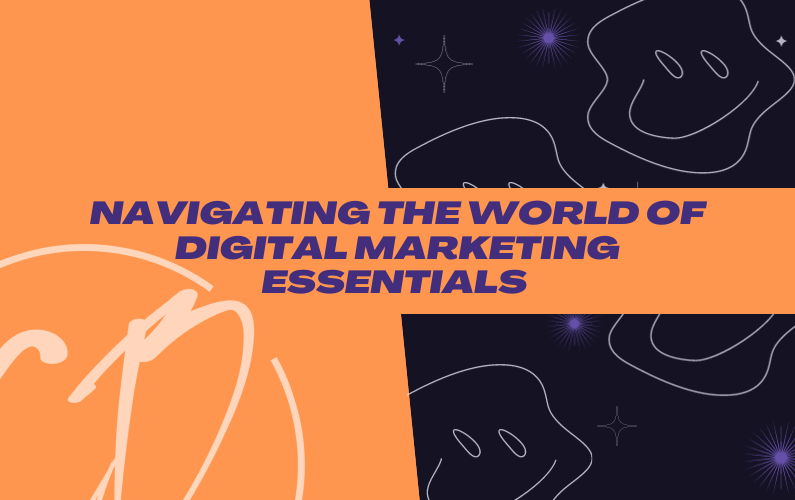
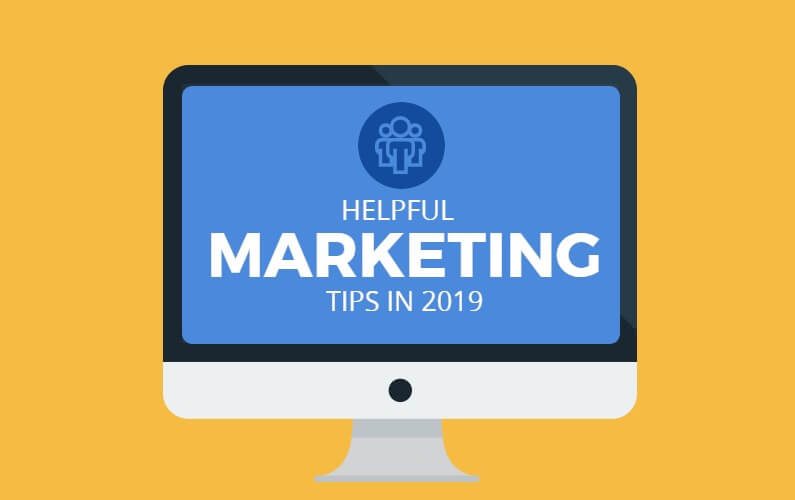
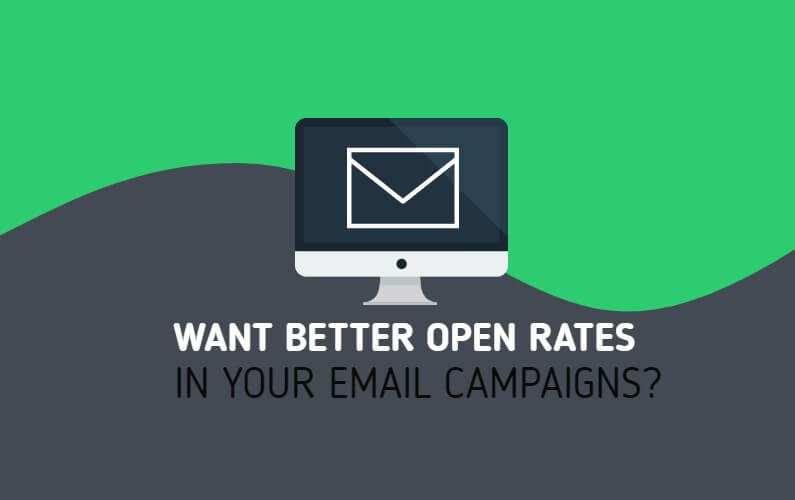
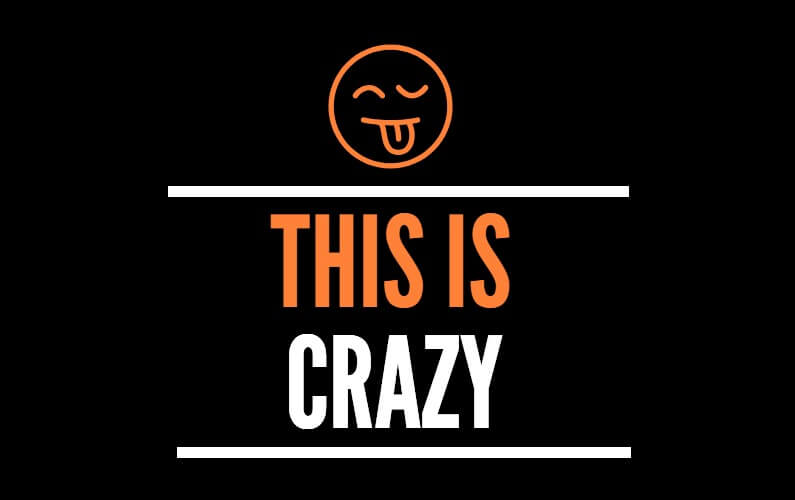
![How To Write An Effective Subject Line [Infographic]](https://cameronbarke.com/wp-content/uploads/2018/09/How-To-Write-An-Effective-Subject-Line-Infographic.jpg)